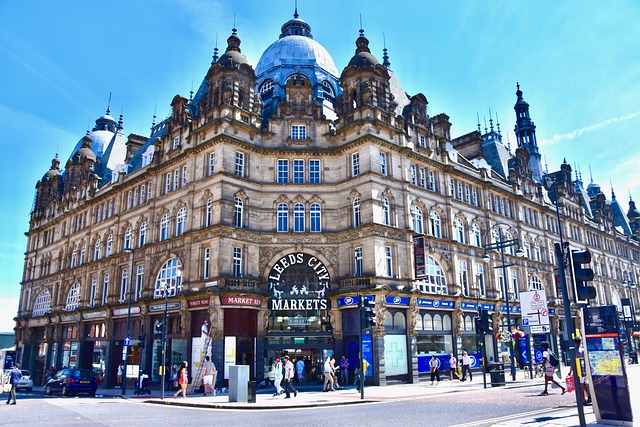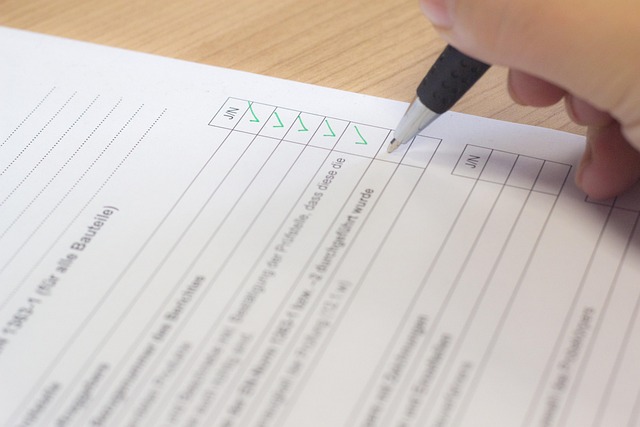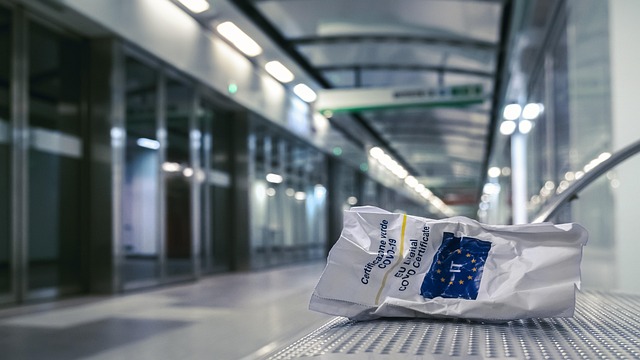The real estate sector is experiencing a significant shift towards green building practices due to environmental concerns and resource scarcity. Developers and investors are embracing eco-friendly, energy-efficient buildings that reduce operational costs and attract environmentally mindful tenants or buyers, fostering innovation in sustainable design principles. Key strategies include integrating renewable energy sources, efficient insulation, smart lighting systems, recycled materials, rainwater harvesting, and greywater recycling, leading to long-term cost savings for both homeowners and developers while reducing the sector's carbon footprint. This trend not only benefits the environment but also drives market demand for eco-friendly properties, encouraging responsible development and more sustainable industry practices.
In today’s world, sustainable construction is no longer a niche concern but a vital trend shaping the real estate industry. Adopting green building practices is not just an ethical choice; it’s a strategic move towards resource-smart development. This article explores how developers and architects are embracing eco-friendly methods to reduce environmental footprints while creating valuable properties. From key strategies to measurable impacts, we uncover why this approach is beneficial for both the planet and profitable real estate ventures.
Adopting Green Building Practices in Real Estate: A Growing Trend

In the dynamic realm of real estate, a noticeable trend is emerging: the adoption of green building practices. This shift towards sustainability is driven by a growing awareness of environmental impact and resource scarcity. Developers and investors are increasingly recognizing the long-term benefits of constructing and inhabiting buildings that are eco-friendly, energy-efficient, and resource-smart.
Integrating sustainable design principles into real estate projects not only minimizes the ecological footprint but also offers financial incentives. Green buildings often boast reduced operational costs thanks to efficient use of energy and water. Moreover, they enhance property values and attract environmentally conscious tenants or buyers, fostering a positive feedback loop that encourages further innovation in the industry.
Key Strategies for Sustainable Construction Projects

Sustainable construction projects are revolutionizing the real estate industry, driving a shift towards environmentally friendly and resource-smart buildings. Key strategies include integrating renewable energy sources like solar panels and wind turbines to reduce carbon footprints. Efficient insulation and smart lighting systems also play a crucial role in minimizing energy consumption.
Additionally, utilizing recycled materials and local resources not only cuts down on transportation emissions but also promotes a circular economy. Water conservation is another vital aspect, achieved through rainwater harvesting, efficient plumbing fixtures, and greywater recycling. These strategies not only benefit the environment but also offer long-term cost savings for homeowners and developers alike.
The Impact and Benefits of Resource-Smart Real Estate Development

The shift towards resource-smart real estate development is a game-changer in the construction industry, with far-reaching impacts and numerous benefits for both developers and the environment. By adopting sustainable practices, builders can significantly reduce their carbon footprint and contribute to a greener future. This involves innovative strategies such as using eco-friendly materials, implementing energy-efficient systems, and incorporating natural lighting and ventilation to minimize the reliance on artificial resources.
One of the key advantages is cost savings for developers and homeowners alike. Resource-smart buildings often have lower operational costs due to reduced energy consumption, which can be passed on to buyers or renters. Moreover, these developments attract environmentally conscious individuals who are willing to invest in sustainable properties, fostering a growing market demand for eco-friendly real estate options. This trend not only encourages responsible development but also drives the industry towards more sustainable and resilient practices.






